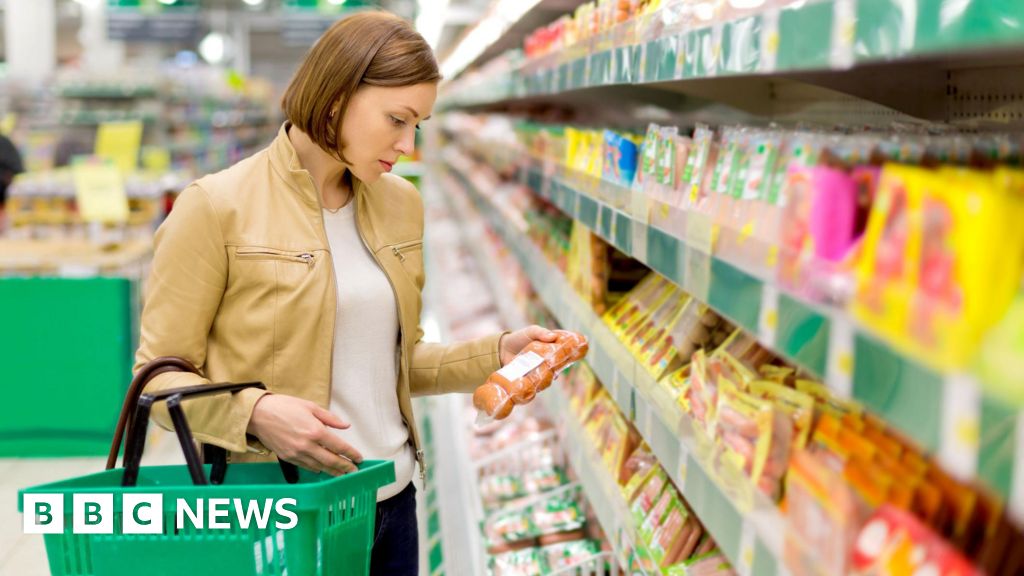Woolworths' Price Cut Gamble: A Strategic Shift or a Costly Gamble?
Australia’s supermarket giant Woolworths has launched a bold price-cutting strategy targeting nearly 400 essential items, marking a critical pivot in its battle to retain market share amid fierce competition and declining profitability. The move, effective May 14, 2025, reflects a growing urgency to counter rivals like Coles and Aldi while addressing customer demands for affordability. But is this a winning play or a risky bet? Let’s dissect the data.
Woolworths’ decision to slash prices by an average of 10% on staples like Greek yogurt, frozen berries, and bread is a direct response to an and a in the first half of 2025. The company is betting that this price reset—alongside a (including redundancies and streamlined product ranges)—will rebuild customer loyalty and counter aggressive competitors.
The initiative isn’t just about discounts: it’s a , with lower shelf prices set to remain in place until at least 2026. CEO Amanda Bardwell emphasized this as a “sustained effort to deliver genuine value,” contrasting with short-term promotions. Initial signs are mixed: in Q3, but (a 0.5% price drop excluding tobacco) and operational challenges in non-food divisions threaten margins.
Woolworths’ Q3 results revealed a , fueled by promotions and a 15% surge in e-commerce. Yet, the stock price reacted cautiously. While the company’s , investors remained wary of lingering issues:
Analysts noted that Woolworths’ signals volatility, with the stock seen as a “defensive holding” but one requiring patience.
Woolworths’ move mirrors a broader industry shift. Competitors like and have intensified price competition, with Coles’ now capturing 31% of Woolworths’ delivery market in key cities. While Woolworths’ private-label products (up 5.7% in Q3) are performing well, continues to erode margins in everyday essentials.
The of Woolworths and Coles (combined ~66% grocery share) faces scrutiny, with regulators like the ACCC pushing for reforms to boost competition. This regulatory overhang adds uncertainty, as Woolworths acknowledged that rebuilding consumer trust—after past accusations of “illusory discounts”—will take sustained effort.
The $400 million cost-saving program targets redundancies and product simplification. While aim to reduce overheads, the risk lies in maintaining service quality. For instance, in Q3, down 300 basis points from prior quarters—a sign that delivery innovation may be plateauing.
Meanwhile, the underscores a critical flaw: Woolworths’ reliance on discretionary spending (clothing, pet supplies) in an era where households prioritize essentials. Shifting focus to core grocery strengths while revamping underperforming units will be key to survival.
Woolworths’ price cuts are a necessary defensive move, but success hinges on execution. The positives are clear:
- , with promotions driving transaction growth and the Everyday Rewards program expanding.
- in long-life groceries (pantry staples, snacks) are boosting sales volume.
- grew 29.1%, showing potential in niche campaigns.
The risks are equally stark:
- persists as deflation outpaces cost reductions.
- remain a liability, with Big W’s losses offsetting gains elsewhere.
- loom, as the ACCC’s final report on supermarket practices could force structural changes.
Woolworths’ price-cut strategy is a logical response to its and . The and focus on affordability align with customer priorities, while hints at resilience in core operations.
However, the path to profitability is fraught. The , , and highlight execution challenges. Competitors like Coles (which reported stronger Q3 results) and Aldi’s low-cost model loom as persistent threats.
Investors should monitor two key metrics:
-
- Customer satisfaction scores (NPS), which stabilized at 44% but need to climb further to rebuild trust.
For now, Woolworths remains a defensive holding, offering a dividend yield of 4.5% (post the interim cut to 39c/share). But with a volatile stock and a beta above 1, it’s a bet on long-term resilience rather than short-term gains. The price war is on—only time will tell if Woolworths can win it.










